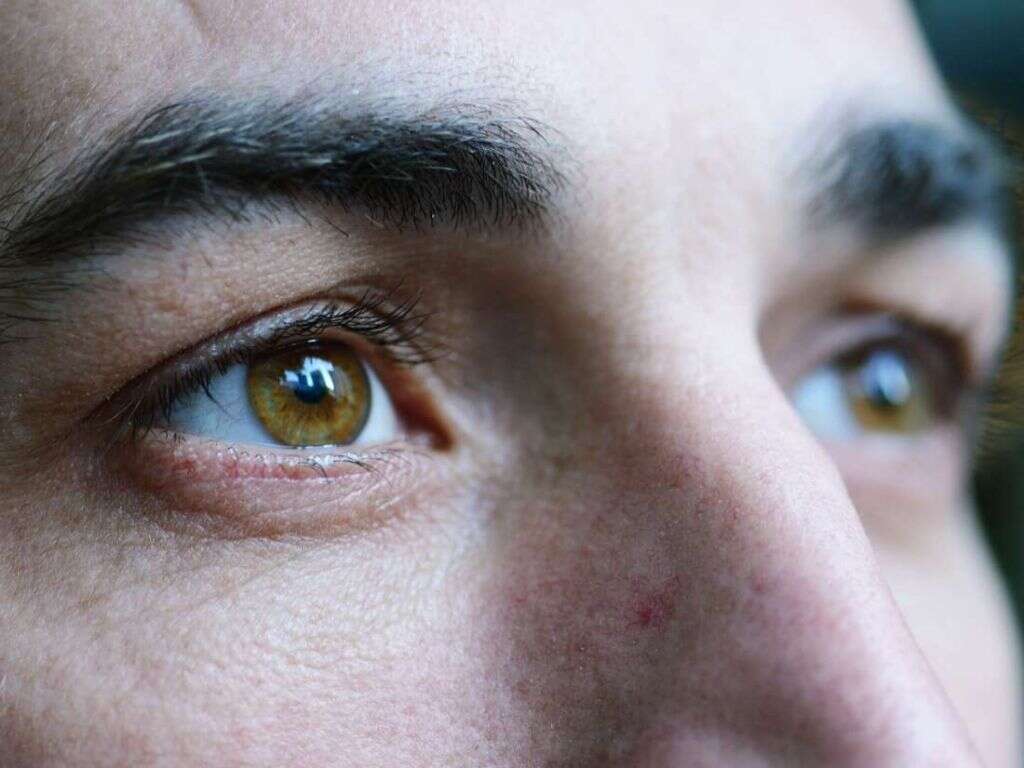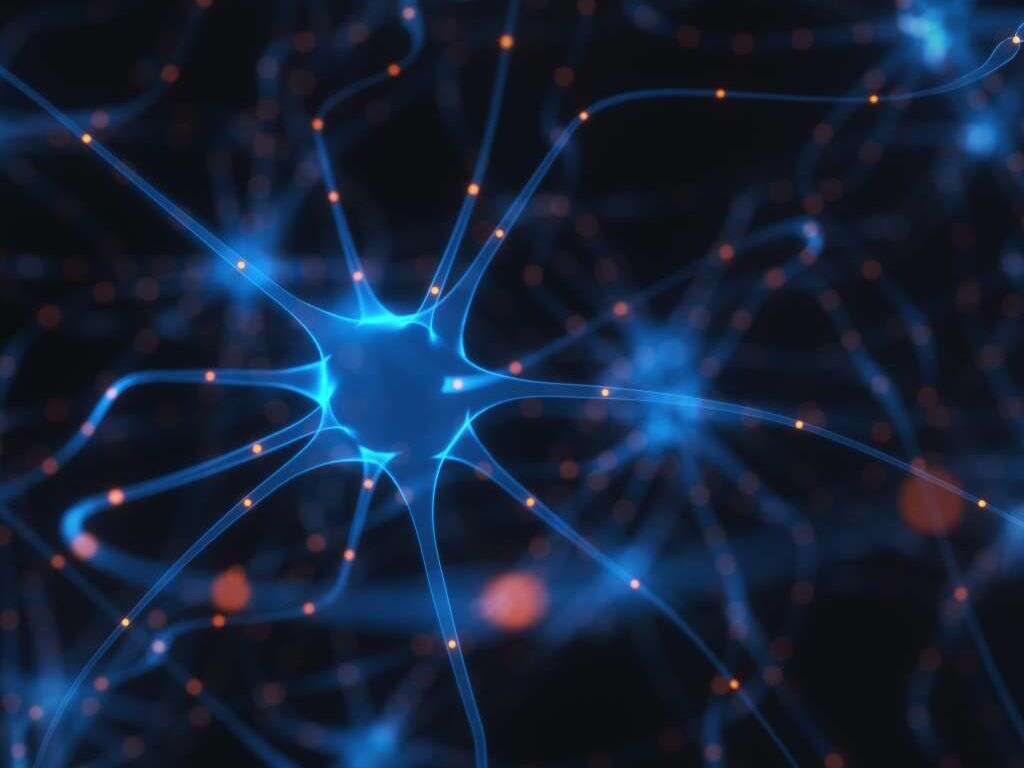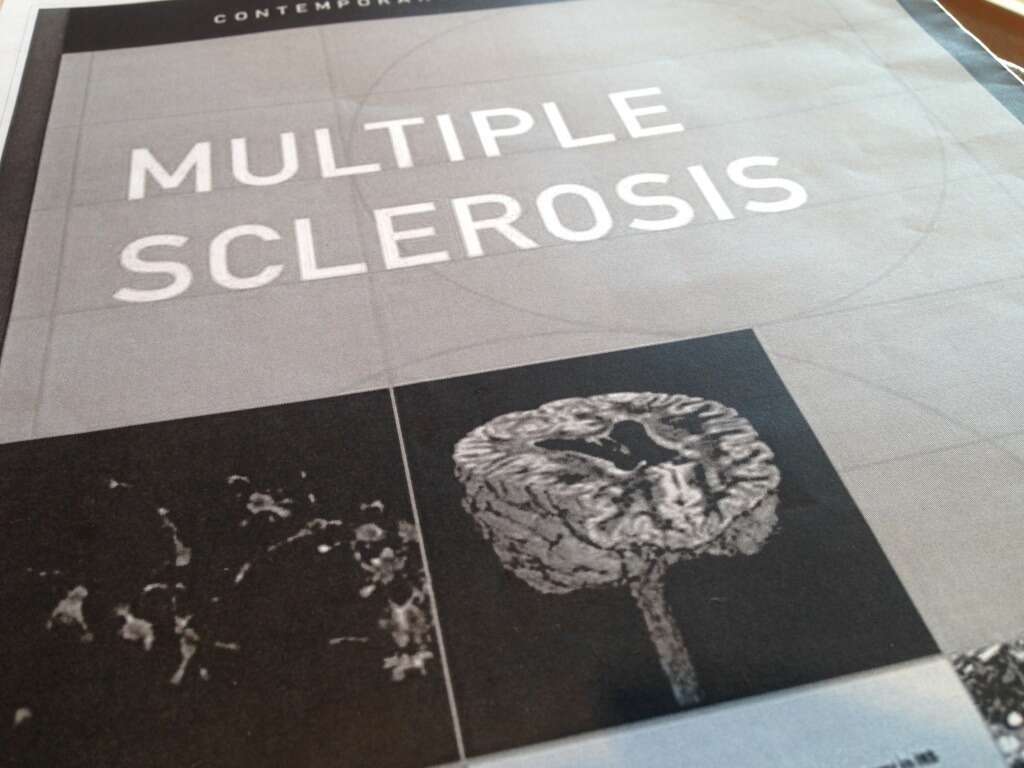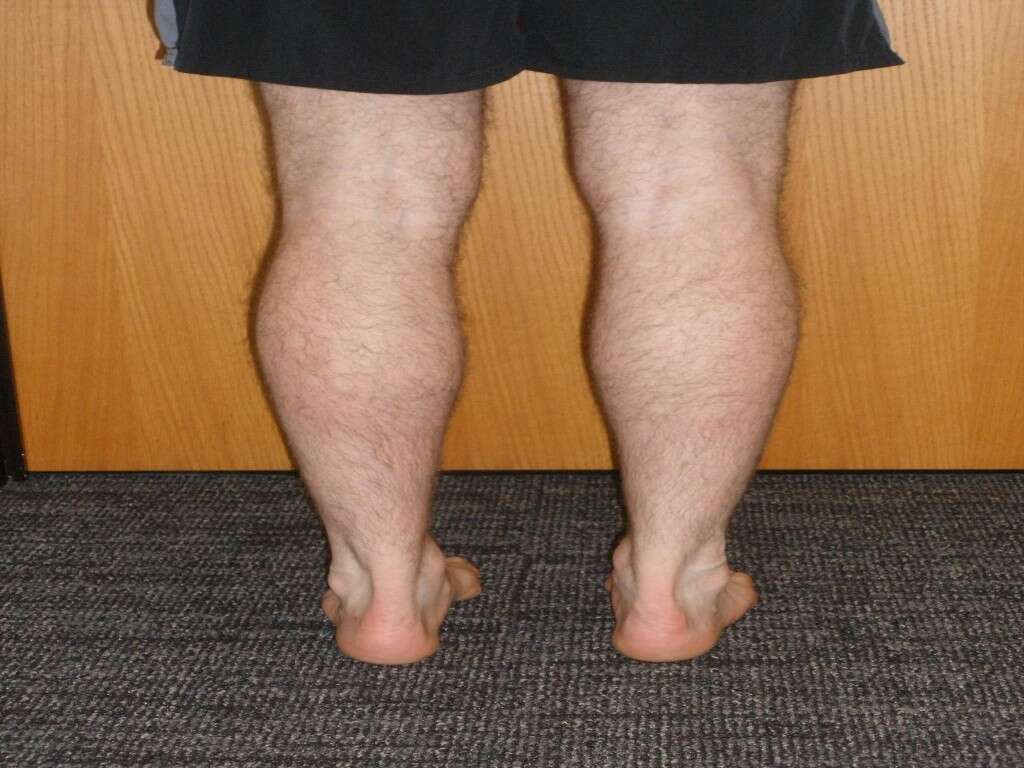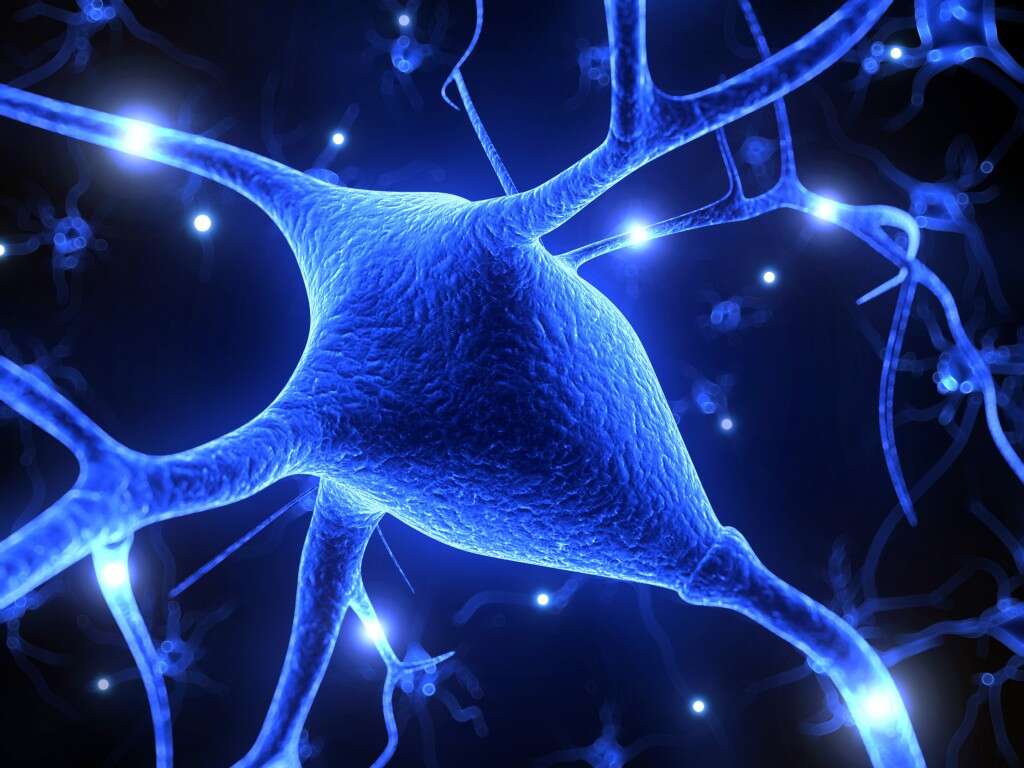What Is Muscular Dystrophy?
Most of us never think about how we move. If we want to pick up a book and carry it across the room, we just do it. Our skeletal muscles respond to our desires, and we are on our way. Some people, however, are born with a genetic disorder that eventually takes away the ability to make muscles move at will.
Muscular Dystrophy (MD), a term that covers over 30 different disorders, presents a progressively difficult daily battle for movement in the lives of those who struggle with it. Eventually, their muscles waste away, and most find everyday tasks impossible to conquer. Understanding the form of muscular dystrophy that you are dealing with can help you make the best decisions for yourself and your family going forward.
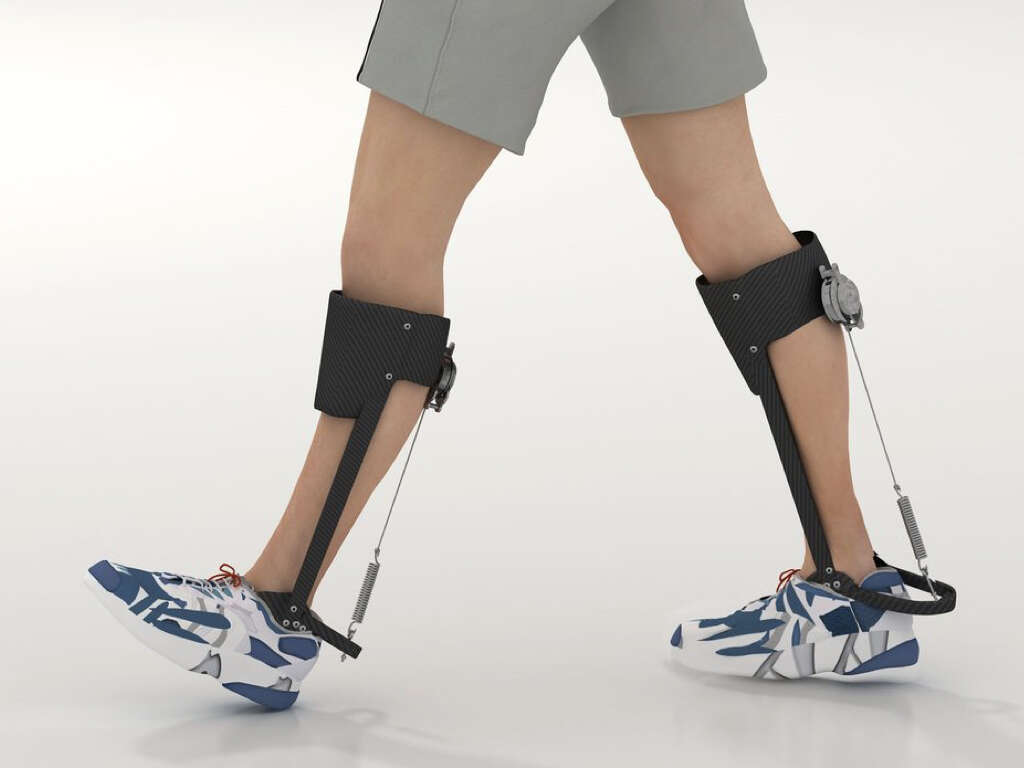
1. Duchenne
This form of muscular dystrophy appears in male children between the ages of 2 and 6. Beginning with the muscles of the pelvis, upper arms, and legs, weakness increases as the disease progresses. Walking becomes difficult as the muscles continue to waste away. Wheelchair use is common by the age of 12.
Cognitive difficulties may also be present. Breathing and heart problems can appear and progress quickly. In the years following onset, the limbs and spine become deformed. People with this form of MD do not usually live past their early 20s.

2. Limb-Girdle
First appearing in late childhood or early adulthood, this form of MD affects both males and females. Progressive weakness usually begins in the pelvic girdle, specifically the hips, and causes walking difficulty. People who have Limb-girdle may eventually lose all mobility.
As the disease moves to the shoulder girdle as well, the arms are affected. Limb-girdle often involves other complications, including cardiac issues. Most people survive into middle age or late adulthood, and death is usually due to cardiopulmonary complications.

3. Myotonic
The onset of this form of MD can be at any point from early childhood to adulthood. Most people experience their first symptoms between the ages of 20 and 40. Myotonic involves weaknesses in all of the muscle groups and usually progresses slowly. Daily tasks may be possible for years; however, life expectancy is usually less than normal.
The name Myotonic refers to the delayed relaxation of muscles after use. It first affects the face, neck, hands, and feet by causing muscle stiffening or prolonged spasms. Other problems can occur with the hormonal glands, heart, and gastrointestinal tract. People with Myotonic may also have central nervous system issues.
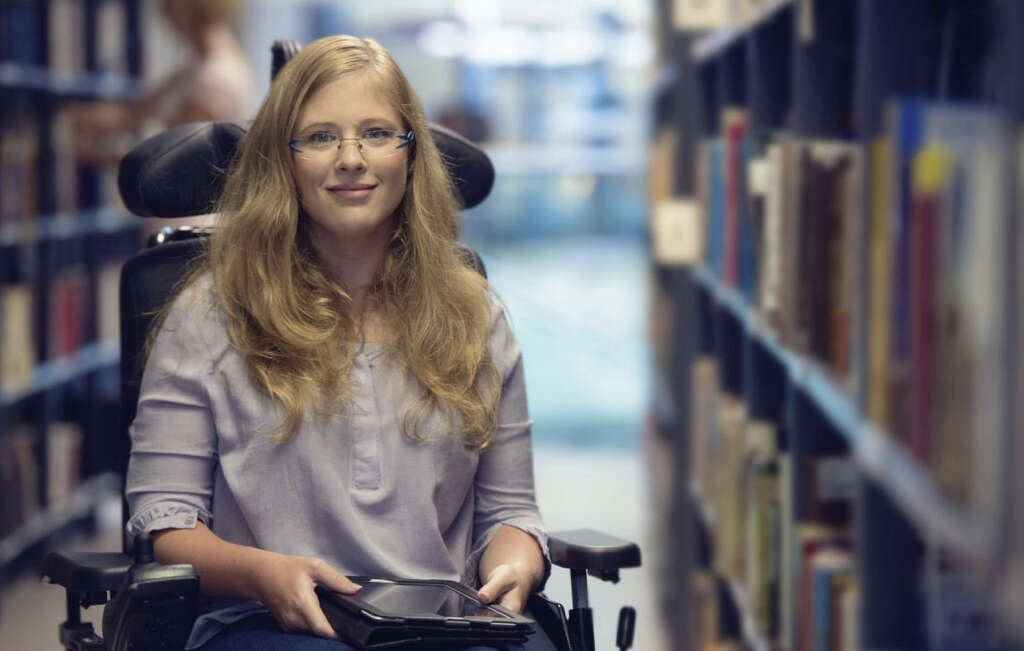
4. Oculopharyngeal
The name of this form of MD refers to muscle groups in the eyes and throat. It strikes both men and women between 40 and 70 years of age. The slow progression of this disease frequently involves difficulty in swallowing, as the muscles of the face and throat weaken.
Eventually, shoulder and pelvic weakness may also occur. Recurrent pneumonia can be an issue for those battling this disease, and choking can worsen as muscles waste away. Emaciation from lack of food may also be apparent.

5. Becker
A milder version of Duchenne, this form of MD also affects only males. Although it appears later and progresses more slowly, the severity of the disease varies widely. Onset can occur in childhood, but it is usually first seen during adolescence or early adulthood.
Because muscle weakness progresses more slowly in Becker, life expectancy goes further, and most people live into middle age. Mobility can be maintained by many people well into their 30s. Heart problems are a common complication with this form of MD.

6. Emery-Dreifuss
This rare form of MD primary appears in males from childhood through early teens. Girls are only rarely affected. The muscle weakness from Emery-Dreifuss causes atrophy in the lower legs, upper arms, and shoulders. Muscles in the chest and pelvis can also be impacted. Contraction of muscles happens early in the disease, and stiffening can cause joint deformities.
Life-threatening heart problems are significant with this type of MD and may not only involve the patients. Carriers of the gene that causes Emery-Dreifuss are also at risk. The disease progresses slowly; however, some patients experience sudden death due to cardiac issues.

7. Distal
Adult men and women are affected by this rare type of MD. With onset from ages 40 to 60, the progress of this disease is slow, rarely incapacitating its victims. The distal muscles in the lower arms and legs are impacted by gradual weakening and eventual atrophy.
In time, other muscle groups may also be affected. Visible loss of muscle mass, marked by a decrease in size, can easily be seen. Range of motion and mobility may be limited. Other less common forms of Distal can affect the heart or the muscles used for speaking and swallowing.
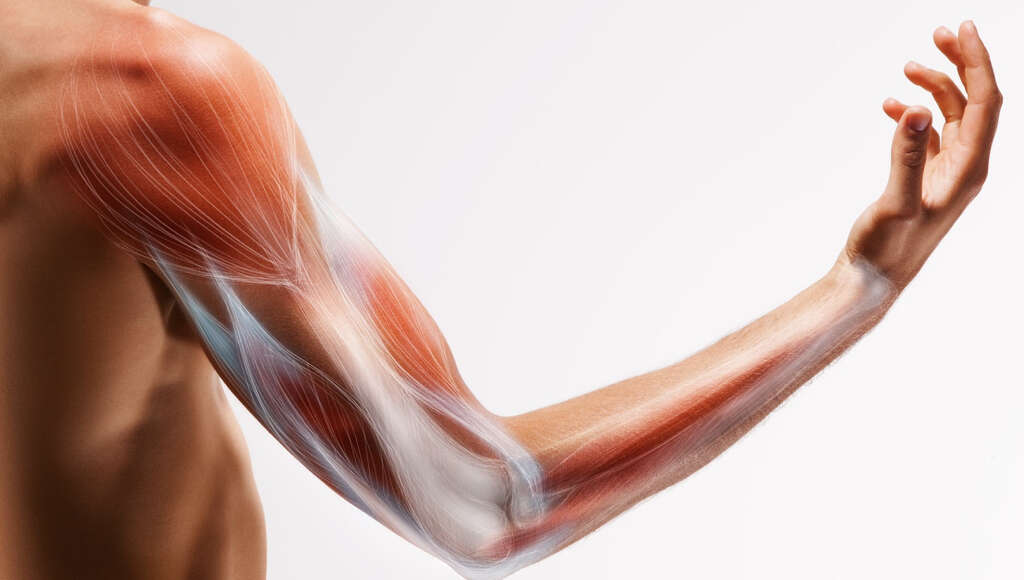
8. Facioscapulohumeral
The name of this form of MD refers to the muscles that move the face, the shoulder blades, and the upper arms. Although weakness usually progresses slowly, there can be short periods of rapid deterioration of the muscles. Affecting both males and females, Facioscapulohumeral can appear from childhood to early adulthood.
Problems that can occur involving the face muscles include chewing, swallowing, and speaking. Leg muscles can also be affected; however, approximately half of the patients maintain mobility throughout their lives. A normal life span is expected, as people can live decades after the onset of this form of MD.

9. Fukuyama CMD
Congenital muscular dystrophies (CMD) are those that are apparent soon after birth, sometimes called “floppy baby syndrome.” They are marked by poor muscle tone and weakness. Because newborns may have trouble feeding, weight gain and growth are delayed. There is usually a shortened life span with CMD, even though the disease progresses slowly.
Fukuyama is one of two specific kinds of CMD that have been identified. Although rare in the United States, Fukuyama is the second most frequently seen CMD in Japan. It causes muscles to contract, leading to joint problems. Sometimes babies have elbows and knees in fixed positions. Sucking and swallowing are difficult. Mental retardation is not uncommon, and some infants have seizures.

10. Merosin-Deficient CMD
This is the most common form of CMD, usually involving contracted muscles, restrictive pulmonary disease, and scoliosis. While this form of CMD does not usually impact intelligence, about a third of children with Merosin-deficient CMD also have a variety of cardiac issues, such as arrhythmias.
Every patient is unique, and symptoms present differently, even between family members diagnosed with the same form of CMD. The degree of severity and the rate at which the condition progresses will vary. Because diagnosing the type of CMD is difficult, parents will often seek a second opinion.




